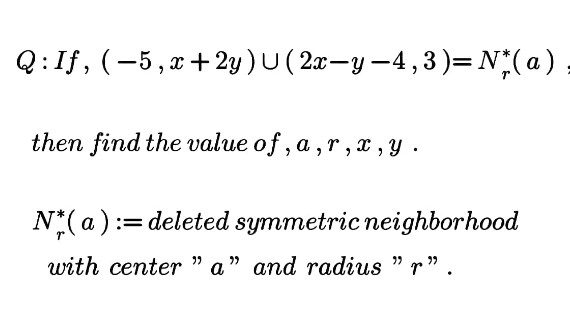
AllQuestion and Answers: Page 439
Question Number 175320 Answers: 3 Comments: 3
Question Number 181489 Answers: 1 Comments: 0
Question Number 175315 Answers: 0 Comments: 0

Question Number 175311 Answers: 1 Comments: 1

Question Number 175305 Answers: 1 Comments: 0

Question Number 175304 Answers: 1 Comments: 0

Question Number 175302 Answers: 2 Comments: 0

Question Number 175301 Answers: 0 Comments: 0

Question Number 175297 Answers: 1 Comments: 0

Question Number 175294 Answers: 1 Comments: 0

Question Number 175285 Answers: 2 Comments: 0
Question Number 175284 Answers: 1 Comments: 0

Question Number 175280 Answers: 2 Comments: 0
Question Number 175277 Answers: 0 Comments: 0

Question Number 175279 Answers: 3 Comments: 0
Question Number 175275 Answers: 1 Comments: 0

Question Number 181521 Answers: 2 Comments: 0
Question Number 175266 Answers: 0 Comments: 1
Question Number 175265 Answers: 1 Comments: 0
Question Number 175264 Answers: 1 Comments: 0

Question Number 175251 Answers: 1 Comments: 0
Question Number 175250 Answers: 0 Comments: 0
Question Number 175247 Answers: 2 Comments: 0

Question Number 175244 Answers: 1 Comments: 0
Question Number 175237 Answers: 0 Comments: 0
Question Number 181485 Answers: 2 Comments: 0
Pg 434 Pg 435 Pg 436 Pg 437 Pg 438 Pg 439 Pg 440 Pg 441 Pg 442 Pg 443
